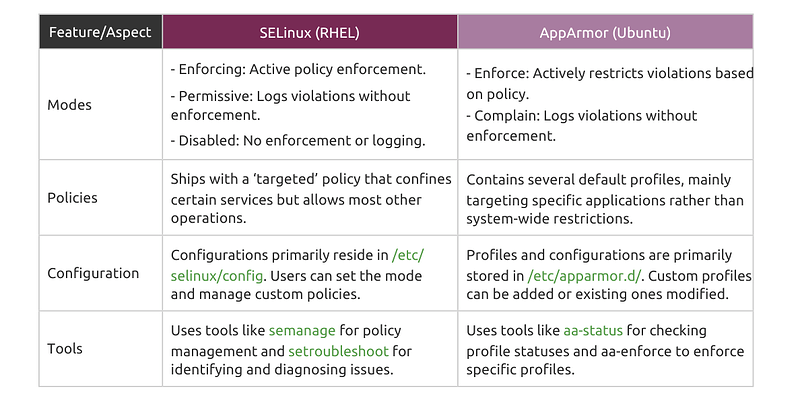Enterprises that want to scale up and break new ground trust Ubuntu as the reliable, secure platform to do it.
A 20-year track record of reliability and innovation means Ubuntu has left its footprints across industries, from finance to automotive to the edge of space.
Traditionally, transitioning between Linux distributions can present challenges, but understanding these differences is the first step. This guide is designed for customers considering a migration from Red Hat Enterprise Linux (RHEL) based distributions – including CentOS, AlmaLinux and Rocky Linux- to Ubuntu in a public cloud environment, but the comparison is also true in other environments.
When moving between a RHEL-based distribution and Ubuntu, it’s essential to consider a range of factors. This includes the release cadence and licensing model, package management, service configuration, security posture and other system-level differences.
Operating system and applications
Both Ubuntu and RHEL have curated repositories that house thousands of software packages. These repositories differ in size, maintenance, and support.
Since CentOS, Rocky and AlmaLinux are closely related to RHEL, they aim to mirror RHEL’s Base repository with varying support options provided by third parties. Here, we compare Ubuntu’s Main and Universe repositories with RHEL’s Base and EPEL offerings. Learn more about Canonical Support.
Security posture comparisons
While RHEL-based distributions use SELinux as their default security mechanism, focusing on mandatory access controls, Ubuntu employs AppArmor, which puts emphasis on path-based mandatory access controls.
An additional distinction in Ubuntu’s security approach is its default non-enablement of the root user, advocating for sudo usage for elevated tasks. This provides an added layer of protection against potential unauthorized root access.
Download the full guide to uncover the following topics:
- Key differences between RHEL and Ubuntu for enterprise administrators
- Enterprise security and support model
- Container runtime differences
- Migration strategy guide
- Administration cheat sheet
- Example migration
Ubuntu is built to provide maximum security, and if you need access to additional features such as professional support, compliance (FIPS, STIG, CIS, CMMC), and CVE patching automation, these are also available with a Ubuntu Pro subscription.
Learn more about Pro Start a 30-day free trial

.svg)


